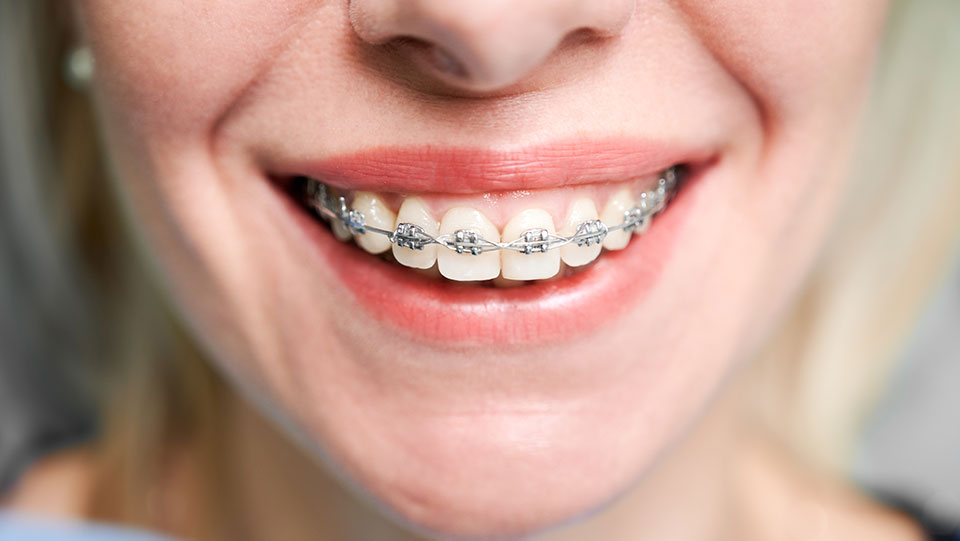An orthodontist's offer of assistance can be required for a few reasons, for most, it’s to guarantee teeth are straight, solid which self-confidence is reestablished with a shining, glossy grin! Orthodontists can perform an intraoral check and report any vital treatment plans. Orthodontic issues cleared out untreated can lead to numerous issues such as chewing/digestion troubles, discourse disabilities, irregular wear, and extra minutes’ strain on gum tissue and the bone driving to cerebral pains and neck pain.
Children may start an orthodontics treatment at age 7, but each person will be suggested a distinctive beginning time subordinate to the rate at which their grown-up teeth are developing and how serious their case is.
Reasons for orthodontic treatment (braces)
- grown-ups & children: Breathing or gulping issues – Mouth breathing can lead to wheezing and rest apnea.
- Crossbite – One or more upper teeth nibble interior the lower teeth (towards the tongue). Crowding – Including additional teeth or malpositioned teeth.
- Deep Overbite – The lower front teeth nibble into the upper tissue of the upper teeth. Disfiguring of the confront & mouth – Influences the advancement of the jaw and position of the teeth.
- Jaw & jaw joint pain Missing or additional teeth – Due to tooth rot, wounds, or acquired problems.
- Overjet (jutting upper teeth) – Upper teeth that project past typical and are ordinarily related with a brief lower jaw.
- Self-image – An alluring grin can boost a person’s self-image and confidence.
- Spacing between teeth – Teeth are lost or may be as well little or as well large.
- Speech, chewing or gnawing problems
- Underbite (lower jaw bulge) – Lower jaw is longer than the upper jaw.
- Specific to children: Finger or thumb sucking – These propensities can cause projection of the upper incisor teeth, and mouth breathing. Teeth emitting out of position – Can be guided to appropriate alignment.
What does orthodontic treatment involve?
Orthodontic treatment includes three phases:
- Planning Stage – Your to begin with a couple of visits may incorporate the following:
- A therapeutic and dental history evaluation. Castings or “molds” of your teeth.
- The computer produced a photo of the head and neck that will help in planning. Photographs of your confront and mouth. X-rays of the teeth and jaw.
- After cautious arranging, your common dental specialist or orthodontist (in case you require a referral), will plan and apply braces or create custom-made apparatuses for you.
- active Stage – Dynamic treatment includes going to your care supplier on a normal premise for alterations and taking after particular treatment necessities to guarantee fruitful treatment.
- Retention Stage – When treatment is completed, the braces and/or machines are evacuated and a modern machine is made.
As a rule, these retainers are detachable and will keep up with the changes made to your teeth in a case worn ceaselessly until the teeth and bone are stabilized in their modern positions.

